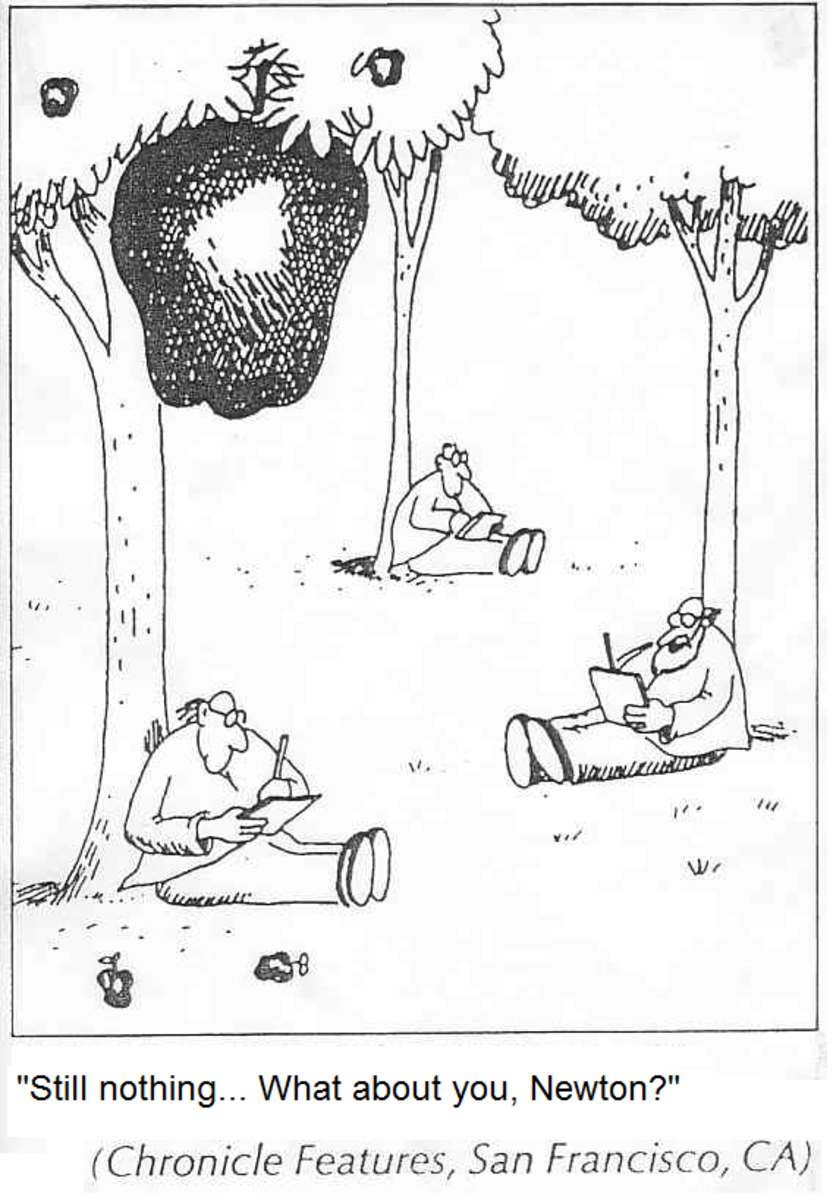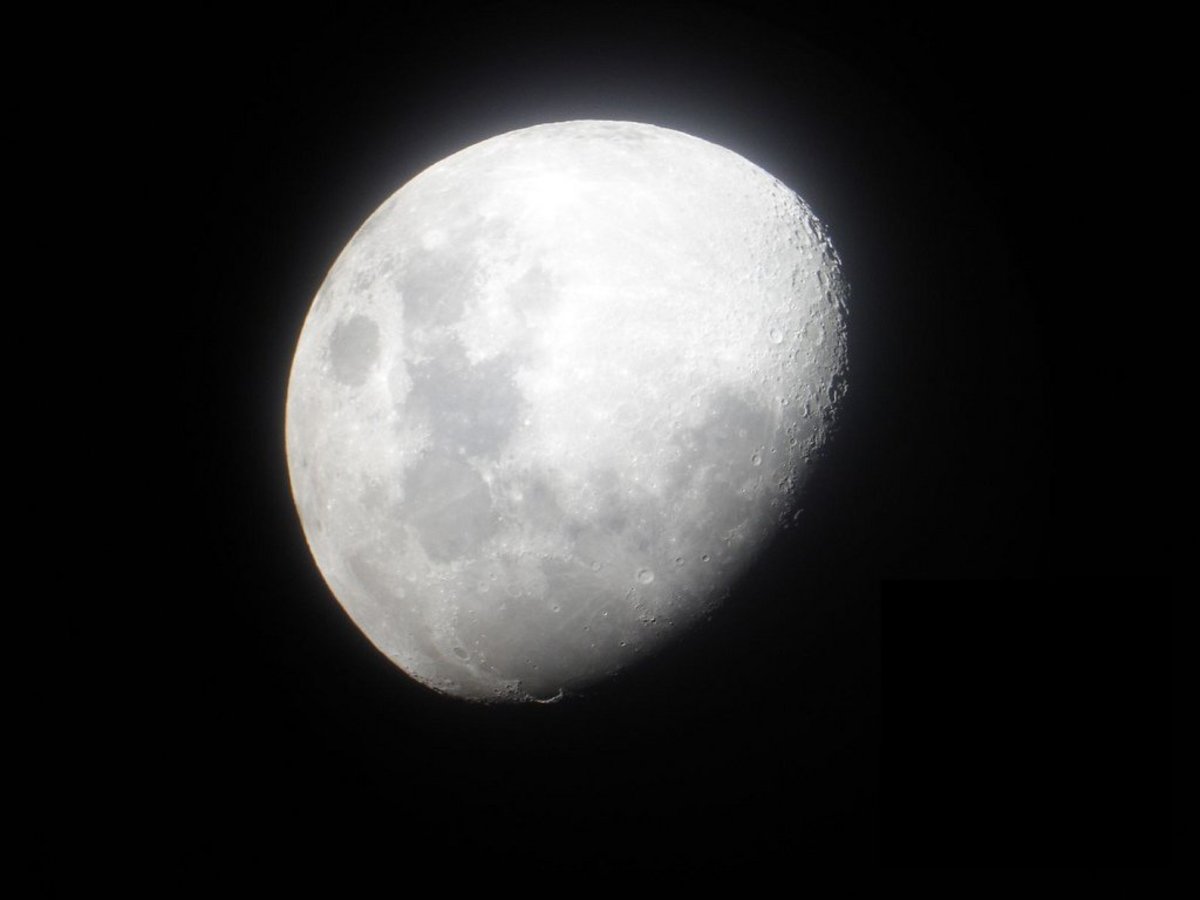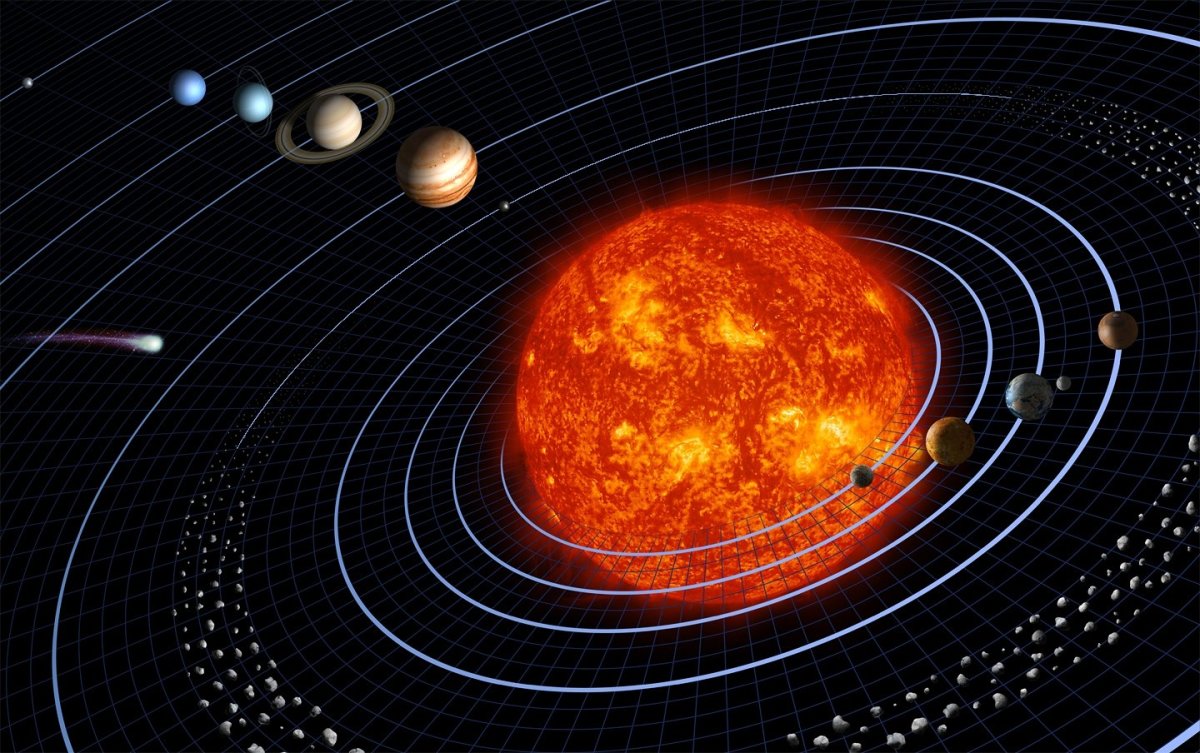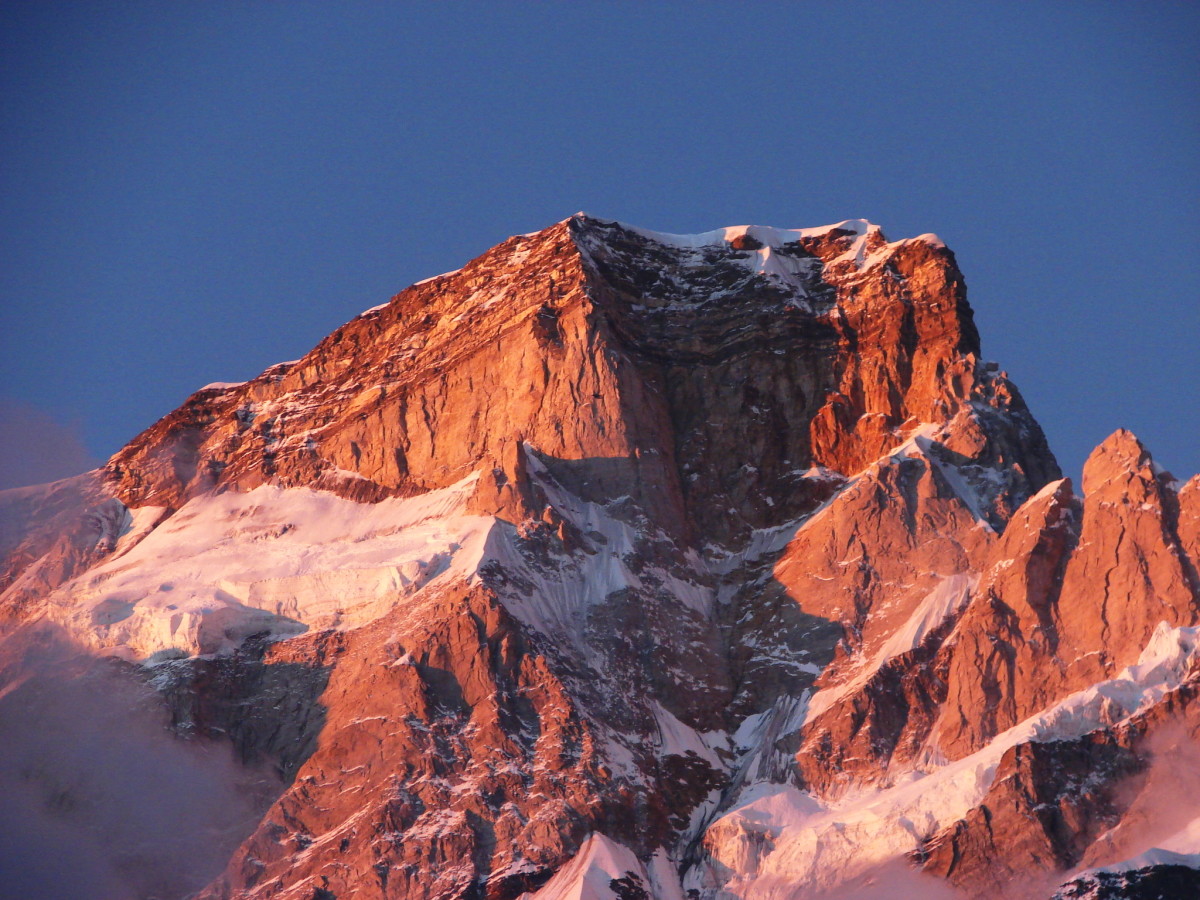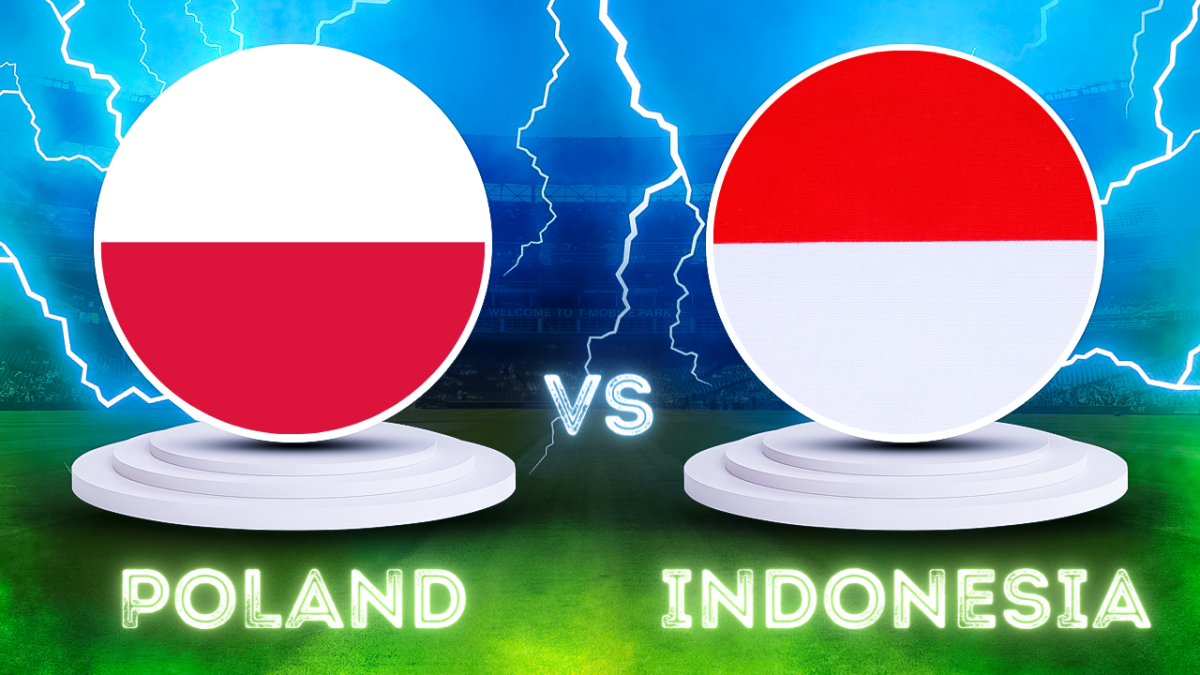Gravitational Anomalies of Earth and Pole Shifts
Gravitationally, the earth is lumpy, which gives the moon, sun and planets an unequal hold on the earth.
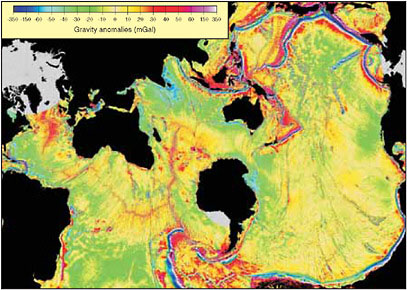
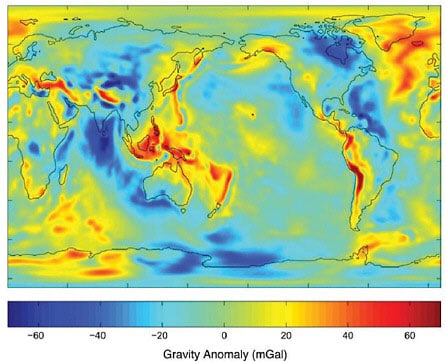
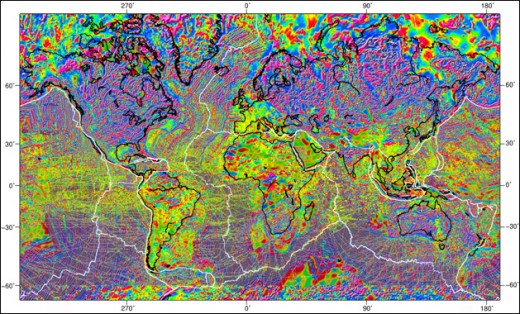
Changing gravitational anomalies in the earth cn have global effects.
There is much discussion about the possibility of a pole shift. Most hypotheses are not much more than nonsense without much to back them up. However, there is a way where such a thing as pole tipping can occur. It already occurs with the Chandler wobble in a rhythmic manner. Then the Malaysian earthquake of Dec. 26th, 2004 demonstrated that a sudden shift can occur during a reshaping of a part of the Earth, i.e., a 1,000 kilometer long by 30 meter deep collapse of the sea floor off the west coast of Malaysia. A 9.2 earthquake succeeded in causing a rotational pole deflection of an inch. The Earth increased its rotation rate by a millisecond. A large tsunami was produced that adversely affected a sixth of the planets surface. The whole Earth rang for weeks from the shock. This earthquake was not the most powerful in history. That honor goes to the Chilean earthquake of 1960 that measured 9.5. There are no figures on how much this deflected the rotational pole. If logarithms hold along with the Richter scale in a simple model, then there should have been a 1,000 inch shift, but this would have certainly induced global earthquakes, which did not happen. There was however, a tsunami generated from this one as well (See below for great historical earthquakes). So there must be other considerations in this complex situation. Pole shift adherents include the likes of Albert Einstein and Charles Hapgood, so the idea is one that is not completely one of the lunatic fringe. The other factors include the complex mass distribution of the Earth, the Earth-Moon relationship, in itself complex and the relationship of the sun, planets and cosmos at large.
The Earth is not a sphere, but a lumpy and complex geode. NASA found out the hard way in the early days of satellite launches. Many had an annoying habit of getting lost. What they did not recognize at that time is that there is a gravitational weaker area over the Indian Ocean and over southern India. This was not calculated for and satellites would be deflected north or south and communication was lost. Now we know there is a “hollow” spot around India’s South West. There are also gravitational stronger areas and one in particular can be traced from the Malaysia, the Himalayas northwest to the European Alps, Greenland through to Alaska and then wandering south along the western mountains of north, central and south America. The lumpiness is thought to be the product of complex heat exchange dynamics deep within the Earth, generated at the core and working its way to the surface. Some areas, particularly non mountainous ones like the north Atlantic, are regions of upwelling. Others like the Indian Ocean are areas where cold material sinks. These internal activities shape the crust. The whole Earth is shaped by its rotation, giving it an equatorial bulge. The Moon acts on the bulge and denser masses to induce the Chandler wobble and this is accomplished through the tides and ocean over a 1.2 year (433 day) cycle. The drag of the moon actually slows the crust, allowing the interior to rotate faster, by about 3 milliseconds a day, or a complete rotation in about 400 years. The Chandler wobble displaces the pole by about 240 inches, which does indeed trigger earthquakes according to researchers.
“Scientists have been particularly intrigued by the Chandler wobble, since its cause has remained a mystery even though it has been under observation for over a century. Its period is only around 433 days, or just 1.2 years, meaning that it takes that amount of time to complete one wobble. The wobble amounts to about 20 feet at the North Pole. It has been calculated that the Chandler wobble would be damped down, or reduced to zero, in just 68 years, unless some force were constantly acting to reinvigorate it.
But what is that force, or excitation mechanism? Over the years, various hypotheses have been put forward, such as atmospheric phenomena, continental water storage (changes in snow cover, river runoff, lake levels, or reservoir capacities), interaction at the boundary of Earth's core and its surrounding mantle, and earthquakes.
Writing in the August 1 issue of Geophysical Research Letters, Richard Gross, a JPL geophysicist, reports that the principal cause of the Chandler wobble is fluctuating pressure on the bottom of the ocean, caused by temperature and salinity changes and wind-driven changes in the circulation of the oceans. He determined this by applying numerical models of the oceans, which have only recently become available through the work of other researchers, to data on the Chandler wobble obtained during the years 1985-1995. Gross calculated that two-thirds of the Chandler wobble is caused by ocean-bottom pressure changes and the remaining one-third by fluctuations in atmospheric pressure. He says that the effect of atmospheric winds and ocean currents on the wobble was minor.” (1)
If the Chandler wobble can shift the pole routinely over a 433 day period, then other factors can conceivably cause a rotational pole shift as well. Consider the gravitational strong anomaly described above and its relationship to the equatorial plane of the Earth. If it became more pronounced and there was a sufficient force to act on it, it is conceivable that it would cause rotational displacement. The Earth is a dynamic body and there have been a lot of dramatic changes of late causing great surface changes and even shifts in the rotational vector and length of day. The changes tend to be catastrophic, i.e., occurring in a moment instead of gradually. Today, with global warming, the addition of water in some areas and removal from others is contributing to catastrophic change. In addition, the weakening of the geomagnetic field, caused by changes deep in the earth, is also having an effect. One effect could well be a decoupling of the earth's layers, allowing for easier slippage.
Consider also, the changing dynamics of the Antarctic ice sheet due to the meltdown of the Ross Ice shelf. No nay saying can cover up a series of satellite time lapse images over the last several years showing the melt down and break up of the Ross Ice Shelf. This helps to concentrate the mass on the opposite side which is not melting down as fast. Most of this mass is displaced well away from the rotational pole causing an imbalance. That imbalance is vectored toward the South Pacific toward Malaysia.
The Chandler wobble proves that the under layer of the crust is at least very spongy. This allows the 20 foot displacement away from vector rotation. The huge mass below is displaced very little due to the gyroscopic effect. This is not so with the crust where mass is distributed very unevenly. A build up of unevenness, due to accumulations like ice in a lopsided fashion could cause a slippage at the crust-core boundary region. Plate tectonics already demonstrate the mobility of the crust as did the Malaysian earthquake of Dec. 26th, 2004.
When looking at the Earth-Moon relationship, a number of different factors come into play. Of particular interest is the lunar orbital inclination to the Earth’s equator of 5.145 degrees. The moon’s orbit is also very elliptical with an eccentricity of 0.0549. As a result of the Moon’s orbital inclination to the Earth’s equator, it tends to orbit mostly out of the ecliptic, except when the moon crosses the equatorial plain at the nodes. The Moon’s orbit itself precesses completing a cycle in 18 years, known as the Saros cycle. In the case of most planets, their moons tend to stick close to the equatorial plane. This is even true for Uranus, whose rotational axis tilts some 98 degrees from the perpendicular of its orbital plane. So why does the moon wander so far from the Earth’s equatorial plane. At glance one can say, it is a compromise between the Earth’s inclination to its orbital plane to the Sun and the presence of the Sun, which is much closer to Earth than it is to Uranus. There is no question that the Moon influences the Earth through the tides and partly through the cyclic Chandler wobble.
Note:
On average about 1,000 earthquakes with intensities of 5.0 or greater are recorded each year. Great earthquakes (intensity 8.0 or higher) occur once a year, major earthquakes (intensity 7.0–7.9) occur 18 times a year, strong earthquakes (intensity 6.0–6.9) 10 times a month, and moderate earthquakes (intensity 5.0–5.9) more than twice a day. Because most of these occur under the ocean or in underpopulated areas, they pass unnoticed by all but seismologists.
Notable earthquakes:
Pacific NW (Jan. 9th, 1700)
Lisbon, Portugal (1755)
New Madrid, Mo. USA (1811 and 1812);
Charleston, S.C. USA (1886)
Assam, India (1897 and 1950)
San Francisco CA. USA (1906)
Messina, Italy (1908)
Gansu, China (1920)
Tokyo, Japan (1923)
Chile (1960)
Iran (1962)
Anchorage, Alaska, USA, March 27, 1964
Managua, Nicaragua (1972)
Guatemala (1976)
Hebei, China (1976)
Mexico (1985)
Armenia (1988)
Luzon, Philippines (1990)
N Japan (1993)
Kobe, Japan (1995)
Izmit, Turkey (1999)
central Taiwan (1999)
Oaxaca state, Mexico (1999)
Bam, Iran (2003)
NW Sumatra, Indonesia (Dec. 26th, 2004)
Pakistan Earthquake (2005)
North East of Japan (tsunami) March 17, 2011
The Lisbon, Chilean, and Sumatran earthquakes were accompanied by tsunamis. On Good Friday 1964, one of the most severe North American earthquakes ever recorded struck Alaska, measuring 8.4 to 8.6 in intensity. Besides elevating some 70,000 sq mi (181,300 sq km) of land and devastating several cities, it generated a tsunami that caused damage as far south as California.
References:
1. August 1st 2005 issue of Geophysical Research Letters, Richard Gross
Is pole shift possible? Hapgood and Einstein thought so

Gravitational Anomalies of the Earth
- BBC News - Gravity satellite yields 'Potato Earth' view
The European Space Agency releases an unusual illustration of Planet Earth which describes the variation in gravity across the surface of our world.

